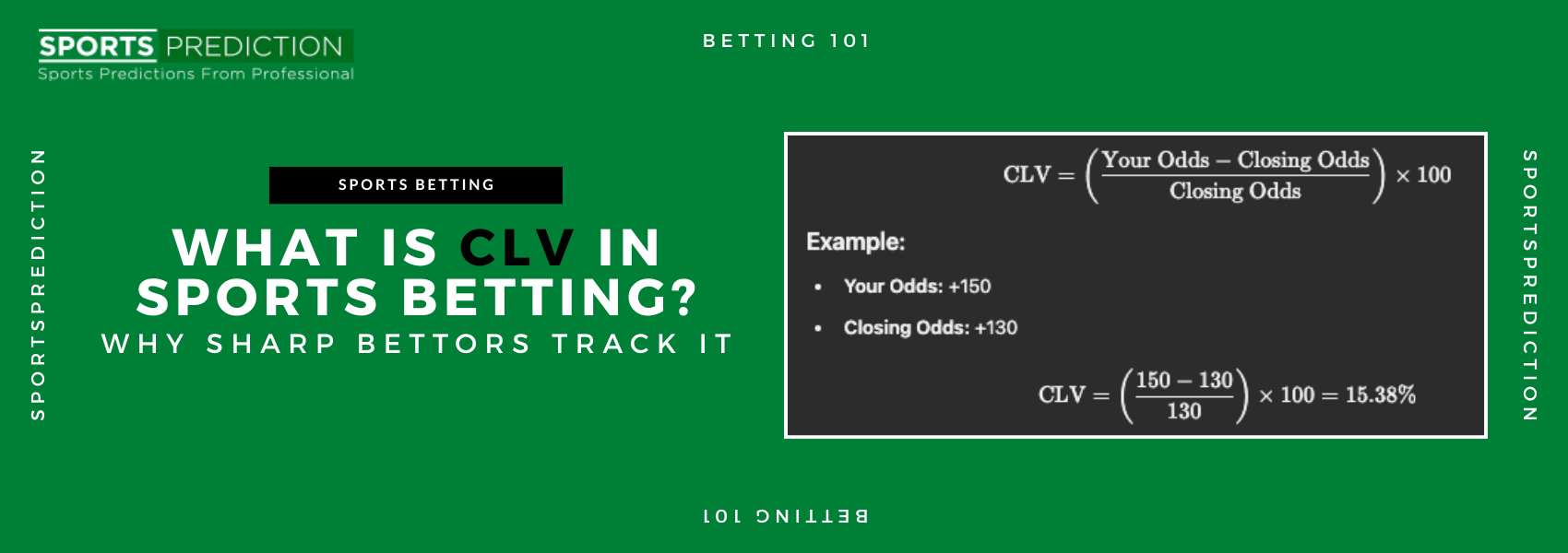
What Is Closing Line Value (CLV) and Why It’s a Sharp Bettor’s KPI
In sports betting, winning a bet feels great—but sharp bettors look deeper. One of the most important performance indicators for long-term success isn’t your win rate or total profit—it’s your Closing Line Value (CLV). Understanding and tracking CLV helps separate lucky runs from true skill. Here’s why it matters and how you can use it to become a sharper, more profitable bettor.
What Is Closing Line Value (CLV)?
CLV measures how your bet compares to the closing odds offered by sportsbooks just before the event starts.
Formula:
If you consistently place bets at better odds than where the line closes, you're said to be beating the closing line.
Example:
-
You bet on Team A at +120.
-
The line closes at +105.
-
You locked in better value than the final market price = Positive CLV.
Why CLV Matters
1. Market Efficiency = Wisdom of the Crowd
-
Closing lines reflect the most accurate and efficient odds after factoring in all public and sharp betting.
-
If you beat the closing line consistently, it shows you're ahead of the market.
2. CLV Predicts Long-Term Profitability
-
Even if a bet loses, having positive CLV means you made a smart wager based on expected value.
-
Over hundreds of bets, CLV is a better indicator of betting skill than win/loss records.
3. Separates Skill from Luck
-
Anyone can win a few bets on lucky bounces. Beating CLV repeatedly shows you're making data-driven, value-based decisions.
How to Improve Your CLV
1. Bet Early
-
Odds are often softer when lines first open, giving sharp bettors a chance to capitalize before the market adjusts.
2. Follow Line Movement
-
Use odds tracking tools to monitor how lines shift and spot inefficiencies before they disappear.
3. React Quickly to News
-
Injuries, weather, or lineup changes can shift markets. Be ready to act before the book adjusts.
4. Build or Follow a Model
-
Having a consistent edge in your probability estimates is key to identifying value before the rest of the market.
How to Track Your CLV
-
Keep a record of every bet: odds you took vs. closing odds
-
Use tracking tools or a custom spreadsheet
-
Look for trends over 100+ bets
Note: Occasional negative CLV is normal—what matters is your long-term average.
Final Thoughts
CLV is more than a stat—it's a scoreboard for betting IQ. If you want to become a sharper, more consistent bettor, tracking your Closing Line Value is non-negotiable.










